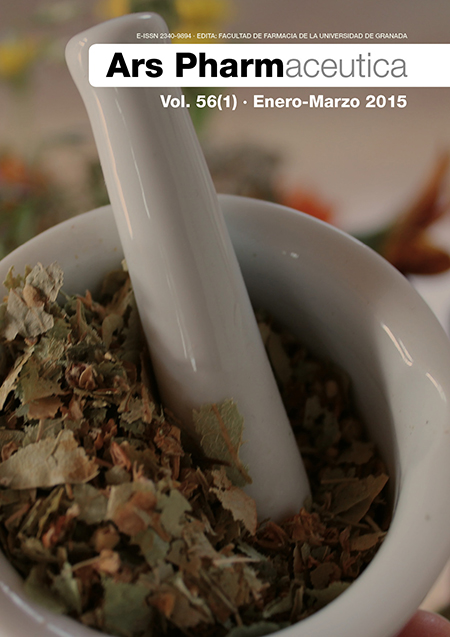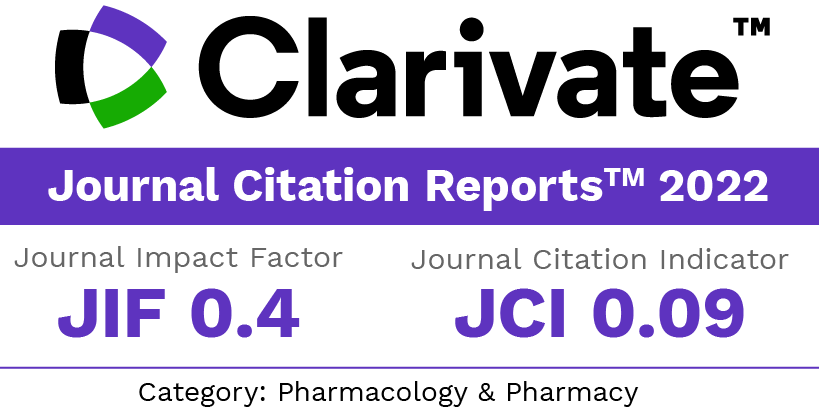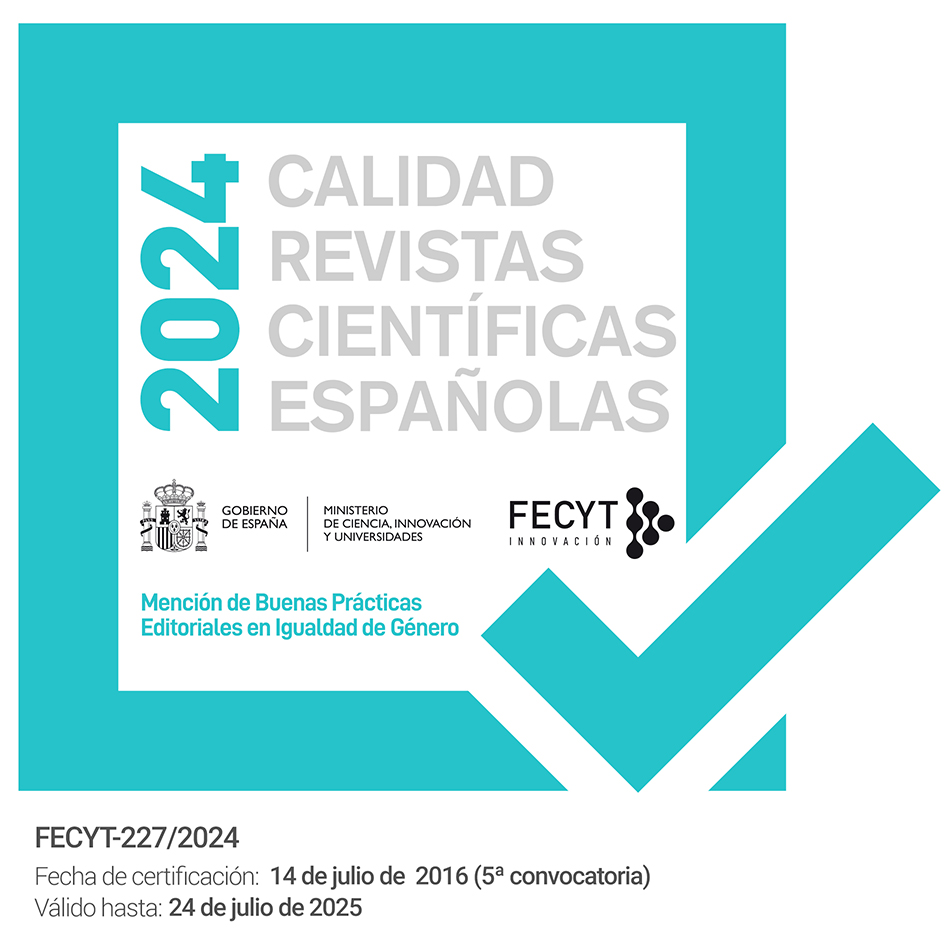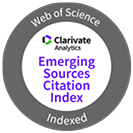Influence of polymethacrylates and compritol on release profile of a highly water soluble drug metformin hydrochloride
Keywords:
Extended release, Highly water soluble drug, Metformin hydrochloride, Solid dispersionAbstract
Aims: The present investigation studied effect of polymethacrylates Eudragit RSPO, Eudragit RLPO and compritol 888 ATO on release profile of highly water soluble drug metformin hydrochloride (MET).
Materials and Methods: The solid dispersions were prepared using drug:polymer ratios 1:1 and 1:5 by coevaporation and coprecipitation techniques. Solid dispersions were characterized by infrared Spectroscopy (IR), differential scanning calorimetry (DSC), X-ray diffractometry (XRD) as well as content uniformity, in vitro dissolution studies in 0.1 N HCl pH 1.2, phosphate buffer pH 6.8.
Results and Discussion: Results of the studies suggested that there were progressive disappearance or changes of prominent peaks in IR, X-ray diffraction and thermotropic drug signals in coevaporates and coprecipitates with increased amount of polymers. Moreover, the in vitro release of highly water soluble MET could be extended at higher drug:polymer ratios.
Conclusion: It was summarized that Eudragit RLPO had greater capacity of drug release than Eudragit RSPO and Comproitol 888 and its coevaporates in 1:5 drug:polymer ratio (F11) displayed extended drug release with comparatively higher dissolution rates (92.15 % drug release at 12 hour) following near Zero order kinetics (r2 =0.9822).
Downloads
References
Giri TK, Kumar K, Alexander A, Ajazuddin, Badwaik H, Tripathi DK. A novel and alternative approach to controlled release drug delivery system based on solid dispersion technique. Bull Faculty Pharm, Cairo university 2012; 50:147-159.
Hiroshi Y, Tetsuya O, Yoshio K, Katsutoshi O, Tadashi O. Application of the solid dispersion method to controlled release of medicine I. Controlled release of water soluble medicine by using solid dispersion. Chem Pharm Bull 1991; 39: 465-467.
Fillipis PD, Zingone G, Gibellini M, Rubessa F, Rupena P. Dissolution rates of different drugs from solid dispersions with Eudragit RS. Eur J Pharm Sci 1995; 3: 265-271.
Ho G, Hwang GC. Development of extended release solid dispersions of non steroidal antiinflammatory drugs with aqueous polymeric dispersions: optimization of drug release via a curve fitting technique. Pharm Res 1992; 9: 206-210.
Desai J, Alexander K, Riga A. Characterization of polymeric dispersions of dimenhydrinate in ethyl cellulose for controlled release. Int J Pharm 2006; 308: 115-123.
Chen D, Tsay RJ, Lin H, Chen H, Chao SC, Ku H. Stabilization of sustained release effect of misoprostol with methacrylate copolymer. Int J pharm 2000; 203: 141-148.
Juan MA, Cruz R, Hernandez E. Preparation and characterization of furosemide-eudragit controlled release systems. Int J Pharm 2000; 195: 45-53.
Khan MA, Karnachi AA, Agarwal V, Vaithiyalingam SR, Nazzi S., Reddy IK. Stability characterization of controlled release coprecipitates and solid dispersions. J Control Rel 2000; 63: 1-6.
Dahiya S, Pathak K, Sharma R. Development of extended release coevaporates and coprecipitates of promethazine hydrochloride with acrylic polymers: formulation considerations. Chem Pharm Bull 2008; 56: 504-508.
Downloads
Published
How to Cite
Issue
Section
License
The articles, which are published in this journal, are subject to the following terms in relation to the rights of patrimonial or exploitation:
- The authors will keep their copyright and guarantee to the journal the right of first publication of their work, which will be distributed with a Creative Commons BY-NC-SA 4.0 license that allows third parties to reuse the work whenever its author, quote the original source and do not make commercial use of it.
b. The authors may adopt other non-exclusive licensing agreements for the distribution of the published version of the work (e.g., deposit it in an institutional telematic file or publish it in a monographic volume) provided that the original source of its publication is indicated.
c. Authors are allowed and advised to disseminate their work through the Internet (e.g. in institutional repositories or on their website) before and during the submission process, which can produce interesting exchanges and increase citations of the published work. (See The effect of open access).



















